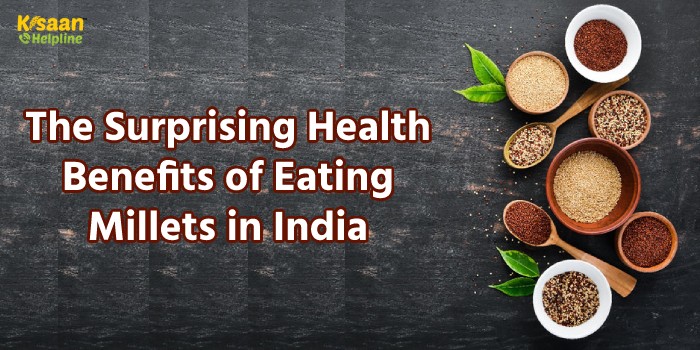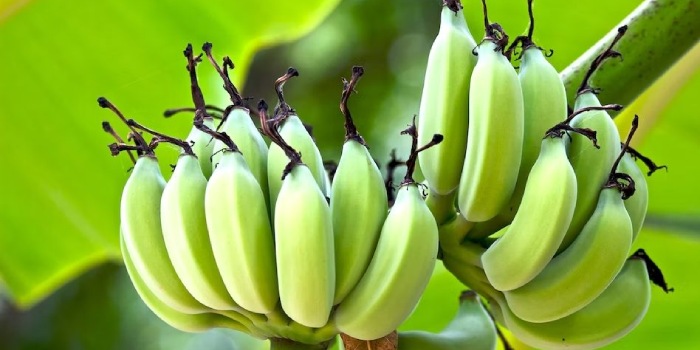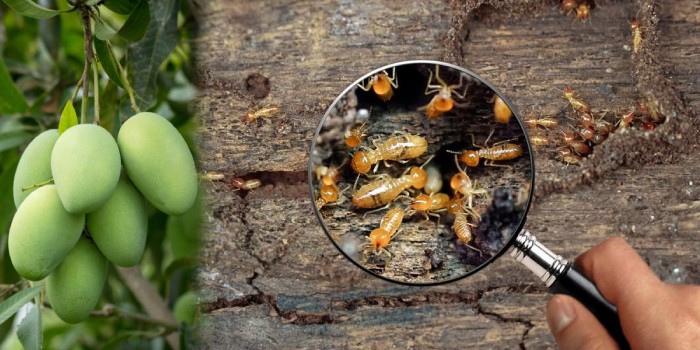
If you are trying to make healthy swaps in your daily diet, millet is one grain that should be a part of it. Millet is one of the oldest cultivated grains that is a part of all cultures around the world. In the past year, the use of millet has increased again due to its amazing health benefits. The best thing about millets is that you will never get bored of eating them as they are of many varieties and can be cooked easily. Bajra, ragi, proso millet and jowar whatever you choose according to your eating habits, all of them are equally good for health and highly nutritious.
How is millet eaten in India?
Here are some common ways to eat millets in India:
- As a breakfast cereal: Millet can be cooked like oats or porridge and served with milk, honey or fruit.
- In savory dishes: Millets can be used in place of rice or wheat in dishes such as khichdi, upma, or pongal. They can also be added to soups, stews and curries.
- In baked goods: Millets can be ground into flour and used to make rotis, chapatis or dosas.
- As a side dish: Millets can be cooked like rice and served as a side dish with lentils or vegetables.
- In salads: Cooked millet can be added to salads along with vegetables, herbs and dressings.
How millet is beneficial for health?
Millet is rich in nutrients and has many health benefits. Some of the health benefits of millet include:
- Rich in Nutrients: Millets are rich in fibre, protein, vitamins and nutrients like iron, manganese, magnesium, phosphorus, potassium, copper, selenium and zinc, which are essential for regular functioning of the body. Millet boosts the natural immunity to fight against various diseases that harm human health.
- Gluten-free: Millet is naturally gluten-free and can be a good option for people with celiac disease or gluten intolerance.
- Low Glycemic Index: Millets have a low glycemic index, which means they can help control blood sugar levels and are suitable for people with diabetes.
- Heart Health: Millet is high in fiber and contains antioxidants that may help reduce the risk of heart disease. Some studies suggest that millets are good for the heart and including them in our diet can help us maintain healthy blood pressure. Millets are rich in soluble fiber, which helps lower cholesterol and prevent heart disease.
- Digestive Health: Millet is rich in fiber, which can help improve digestive health and prevent constipation. Studies prove that millet supports a healthy digestive system by encouraging the production of hydrochloric acid and helpful bacteria needed for digestion. In addition, millet helps produce pancreatic fluid, which is involved in digestion and metabolism.
- Weight Management: Millets are low in calories and high in fiber, which may help promote satiety and reduce calorie intake, aiding in weight management. According to some studies, millet is high in fiber and one of the most important sources of complex carbohydrates. Hence, they have various health benefits. It is now widely accepted that eating whole grains can help you lose weight.
- Bone Health: Millets are rich in minerals like calcium, magnesium and phosphorus, which are essential for bone health.
- Antioxidant properties: Millet contains antioxidants that may help protect against oxidative stress and reduce the risk of chronic diseases such as cancer.
When to eat millet?
Millets can be eaten at any time of the day, depending on your personal preferences and dietary needs. Millet is a versatile grain that can be used in a variety of dishes, including breakfast cereals, salads, soups and stews. You can eat millet anytime in your daily life as breakfast, lunch, dinner and snacks. Overall, millet is a healthy and nutritious grain that can be consumed at any time of the day. Adding millet to your diet may provide a variety of health benefits, including improved digestion, weight management and reducing the risk of chronic diseases.







